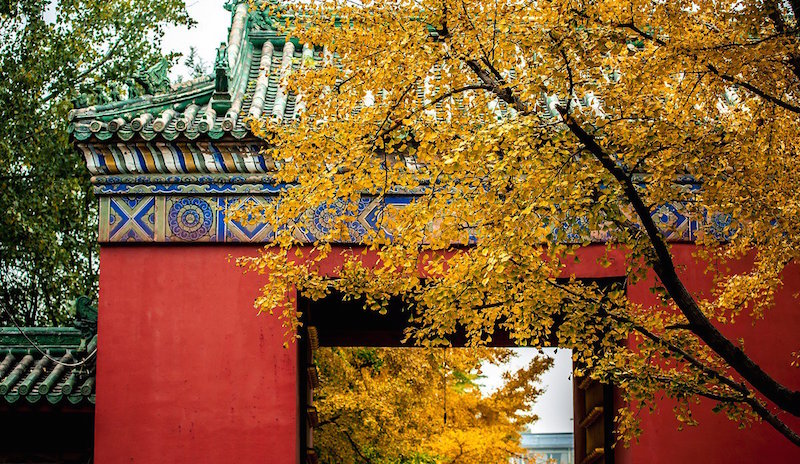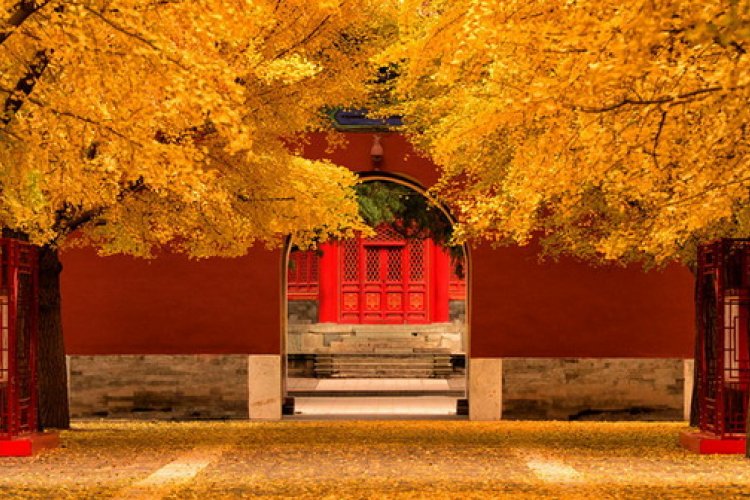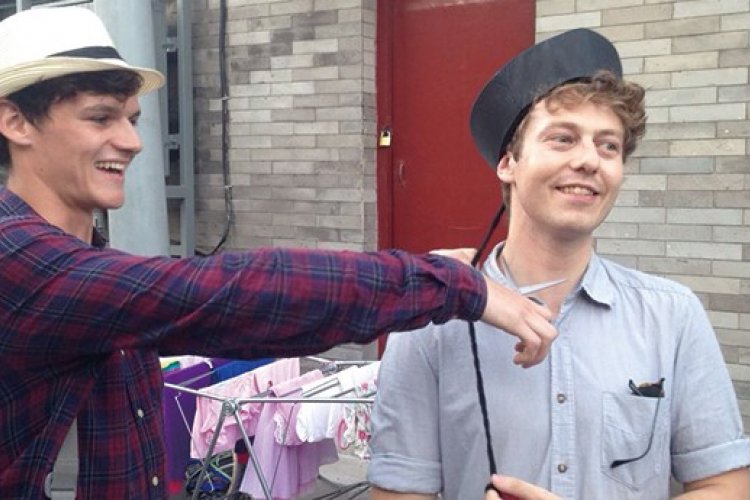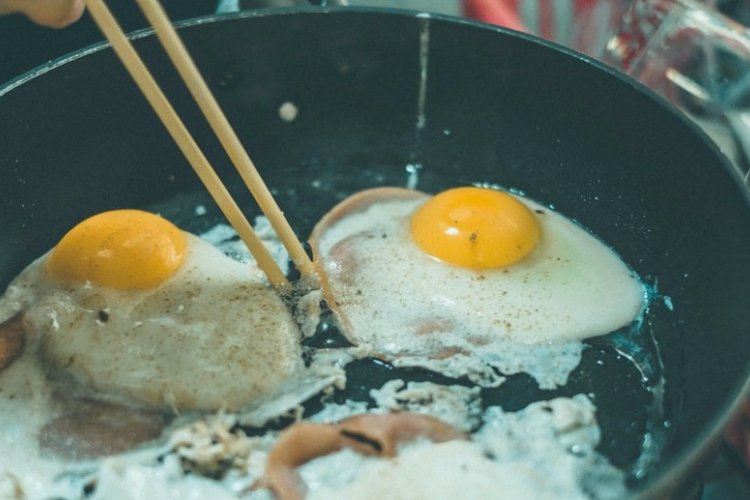Hello Yellow! Head to These Spots When Beijing's Gingko Season Hits
Every October, the leaves in Beijing put on a show. The star attraction is the city’s Ginkgo trees, which for a short time each year, turn a brilliant yellow. Then, as if responding to a secret signal, they drop their leaves all at once in glorious carpets of golden leaves.
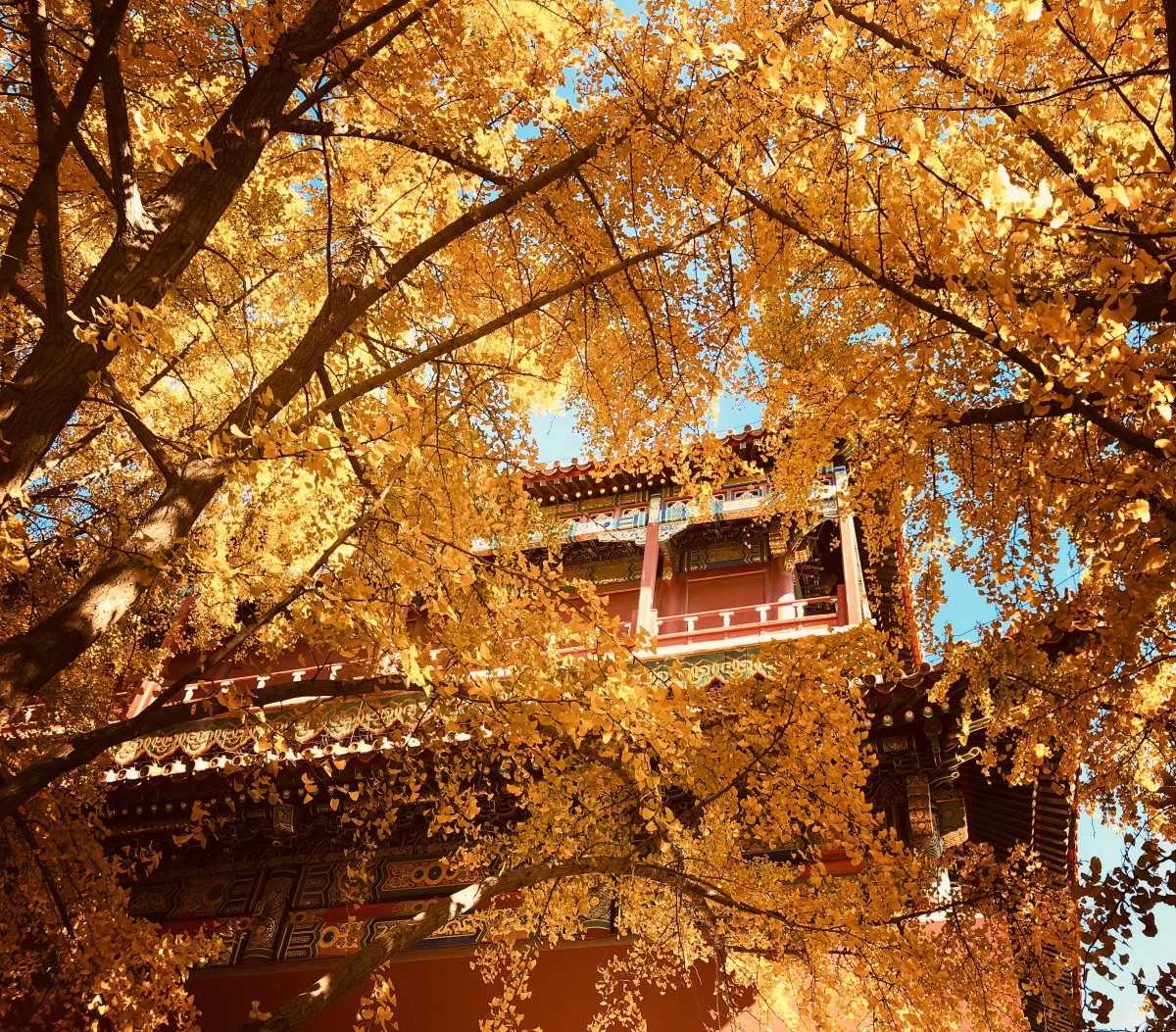
The tree also has a fascinating natural history. The earliest fossil records of the Ginkgo date back over 270 million years. For comparison, the earliest dinosaurs appeared about 240 million years ago. Once widespread, the range of the Ginkgo tree (also known as Maidenhair tree) began shrinking until its range was isolated to a small area of what is today central China. So rare was the Ginkgo and so remote its habitat, that the tree was believed to be extinct. Scientists believe the tree may have survived climate shifts in isolated mountain valleys in today’s Sichuan Province while other Ginkgo subspecies, notably in Zhejiang Province, may have been cultivated by monks living in the region nearly 1,000 years ago. From these remnant populations, the tree spread throughout East Asia as a popular addition to gardens. The oldest Ginkgo in the Beijing area lives at the Honglu Temple, near Huiarou, and is said to be over 1100 years old.
Peter Crane, author of Ginkgo: The Tree That Time Forgot, spoke at the Bookworm in 2019 and told The Beijinger: "Chinese people know it’s a Chinese plant, and that it was rather rare for a period, but what they might not know is it was once widely distributed in the northern hemisphere and the southern hemisphere as well, and then somewhat inexplicably, its range contracted and for a time it really only survived in China. The people of China should be very proud because they were instrumental in its survival and shared it with the rest of the world.”
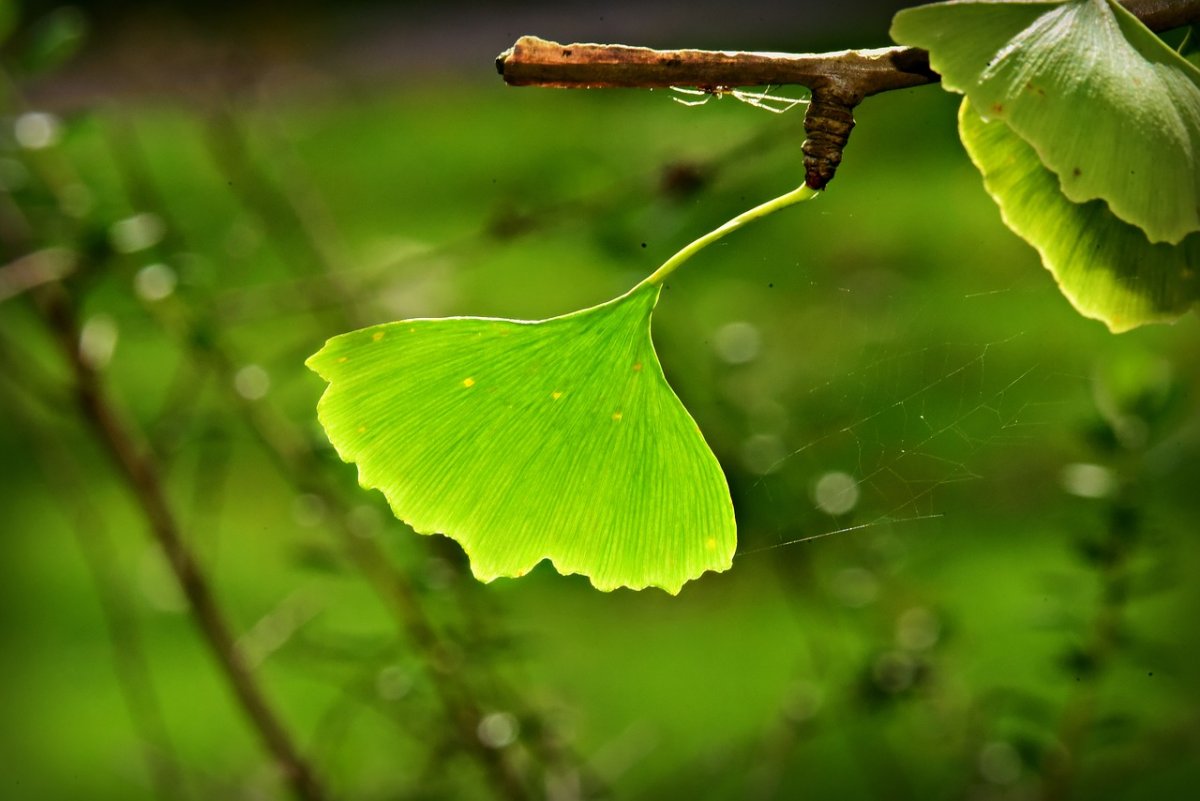
The first modern European contact with the Ginkgo dates back to the 17th century. German botanist Engelbert Kaempfer (1651-1716) encountered the plant during a visit to Nagasaki in 1691. Trees grown from the seeds Kaempfer brought back with him to Europe can still be found at the Oude Hortus botanical gardens in the Netherlands.
Ginkgo has long had a following among practitioners of Chinese traditional medicine where both the seeds and leaves were used in treating a variety of ailments. The seeds were said to alleviate kidney problems and aid in overall healing. The leaves, which have also attracted the interest of modern medical researchers, were prescribed for patients suffering from coughs and for those with poor circulation.
Today, the Gingko is a popular ornamental tree, prized for its beauty and well-suited to challenging urban environments, like Beijing. In fact, several Ginkgo trees were among the few living things to survive the atomic bomb in Hiroshima, with one of the surviving trees found less than a mile away from the blast. If the Ginkgo can survive extinction, radiation, and decades of Beijing smog, then you know that’s a species not to be trifled with.
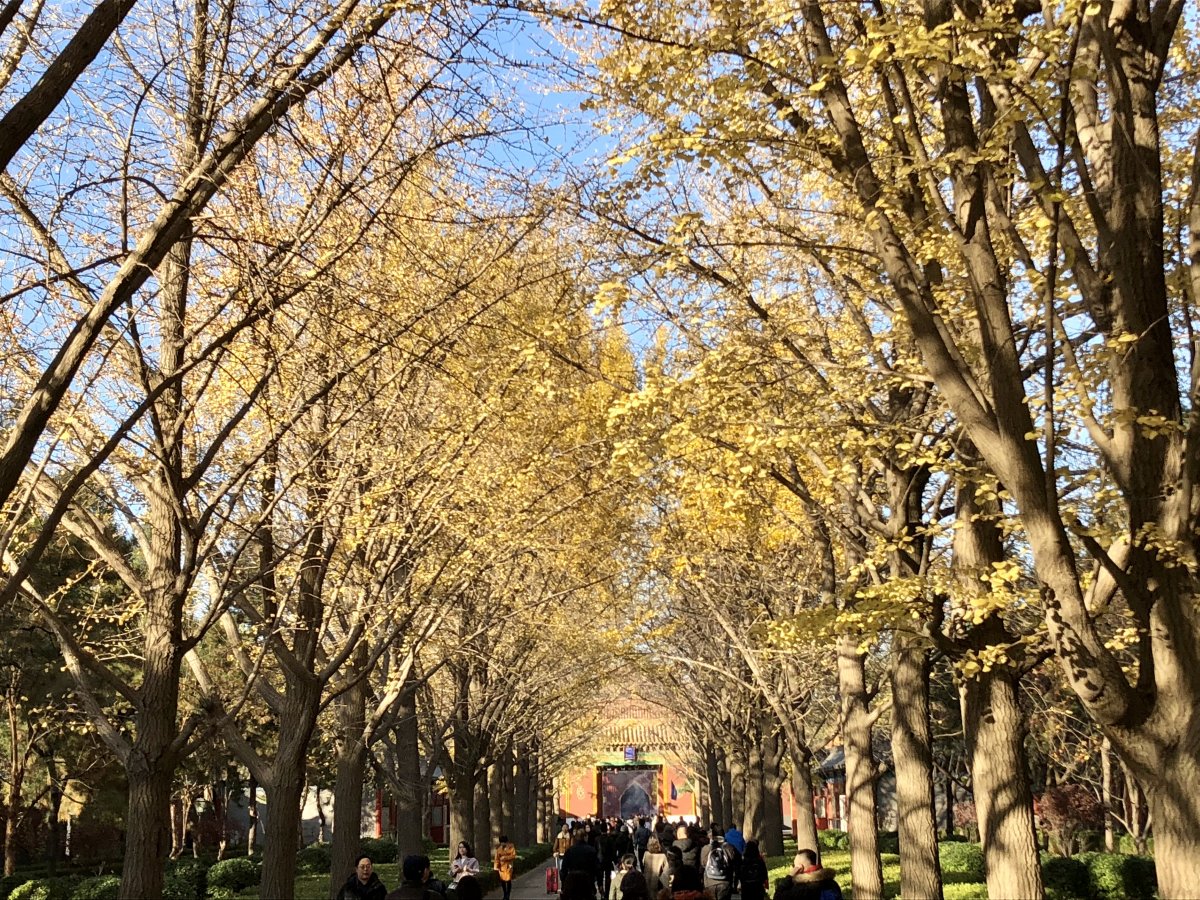
But apart from is toughness, the tree is also one of the most beautiful species in Beijing, especially this time of year. Optimal places for viewing the Ginkgo are Hongluo Temple and another suburban temple Dajue Si, which also boasts a pair of 1000-year old specimens. Closer to the city, a trip to the Yonghegong/Lama Temple metro stop takes you to two prime Ginkgo viewing spots. Ditan Park boasts a number of the bright yellow trees and between the ticket check and the gate of Yonghegong (Lama Temple) is famously lined with Ginkgo.
It gets windy at this time of year, so if you don’t want to miss the leaves until next year, get out there and get peeping!
READ: Fall in Love With These Autumn Fruit Currently in Season
Images: Visit Beijing, Jeremiah Jenne, Mabel Amber on Pixabay

